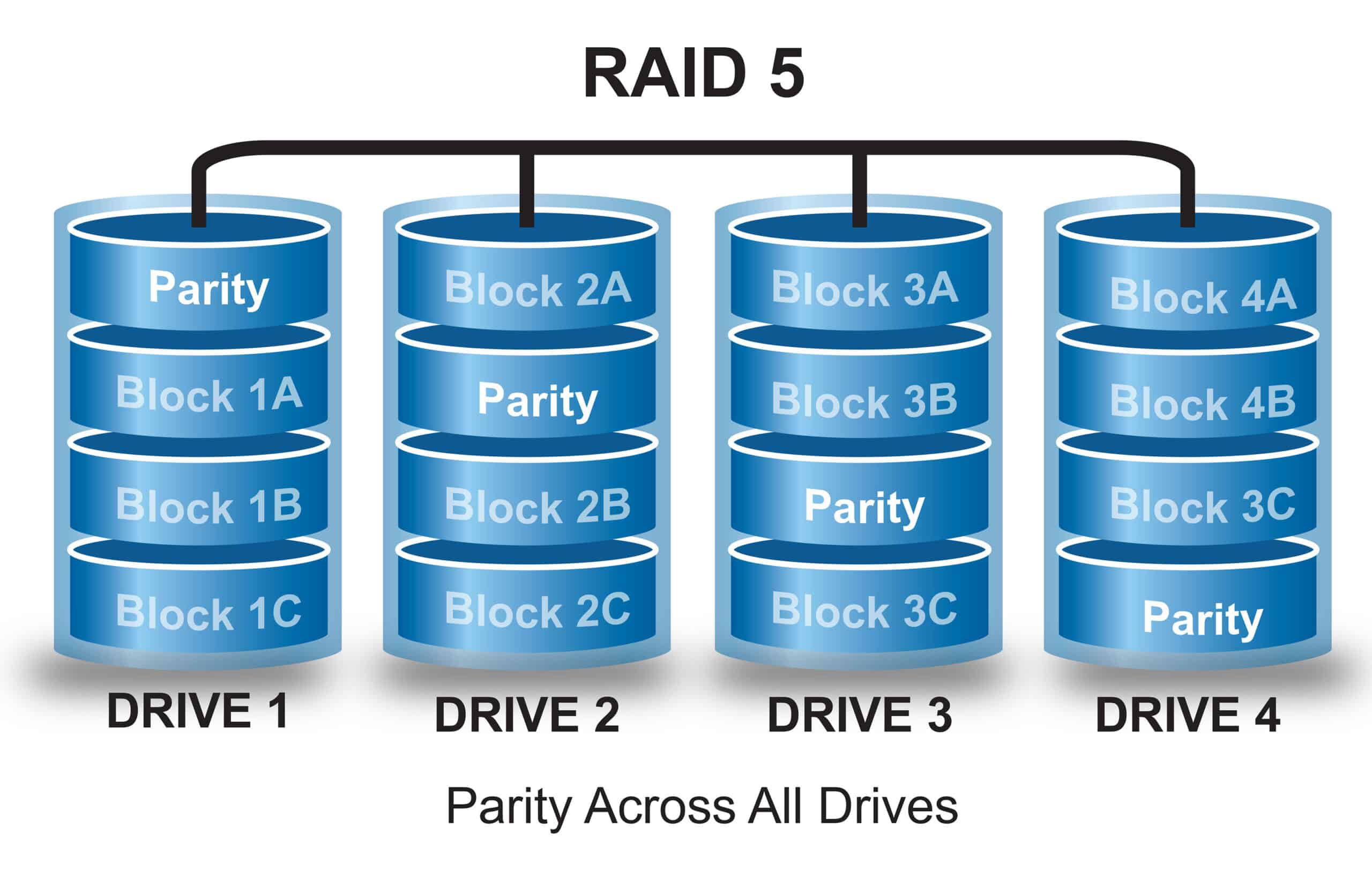Although it is classified as a RAID level, RAID O is in fact not fault tolerant. As such, RAID O is not recommended for servers that maintain mission-critical data.
RAID O works by writing to multiple hard drives simultaneously, allowing for faster data throughput. Striping RAID give a significant performance increase over a single disk but, as with a single disk, all data is lost if any disk in the RAID set fails. With RAID O you actually increase your chances of losing data compared to using a single disk because RAID 0 uses multiple hard disks, creating multiple failure points.
Basically, you can use more disks for the RAID 0 array but A minimum of two disks is required to implement a RAID 0 solution.



1 thought on “RAID 5 || RAID Configuration || What is Redundant array of inexpensive disks”